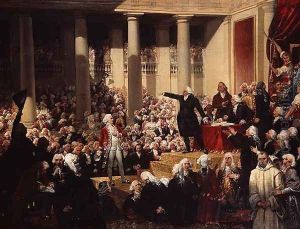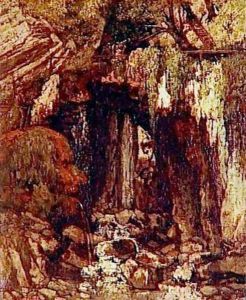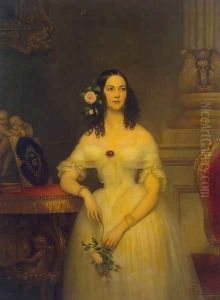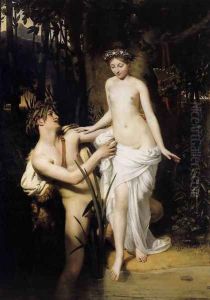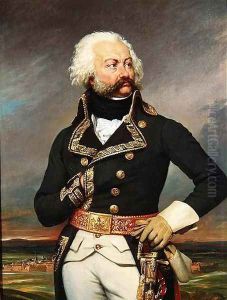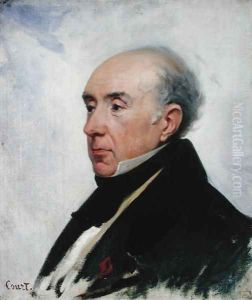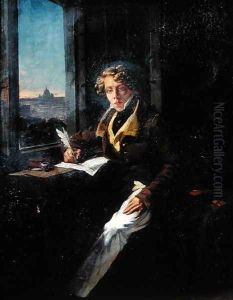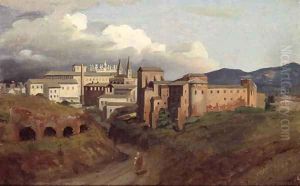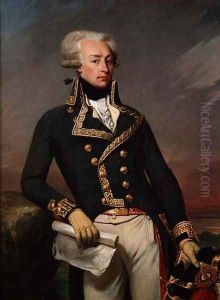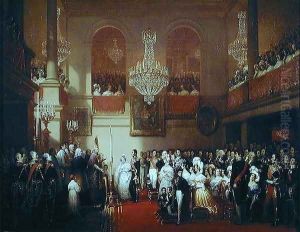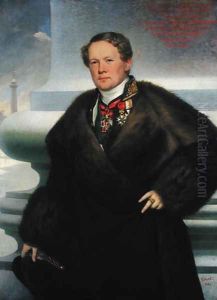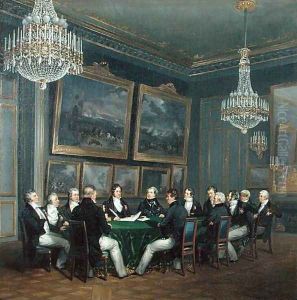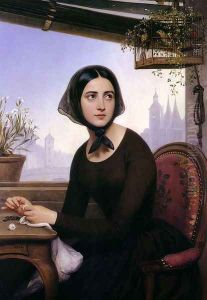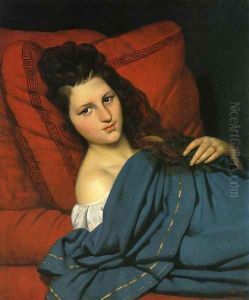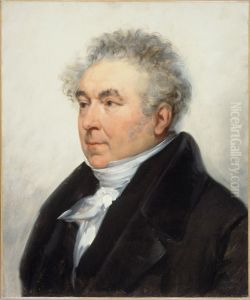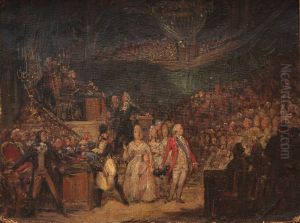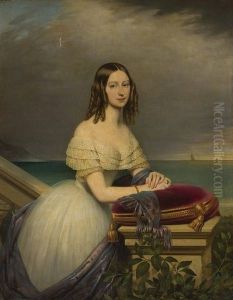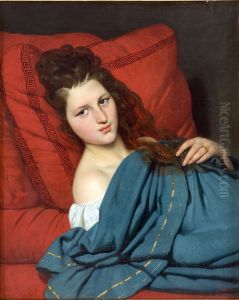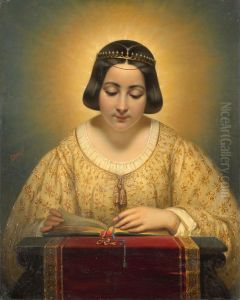Joseph-Desire Court Paintings
Joseph-Désiré Court was a distinguished French painter born in 1797 in Rouen, France. His artistic journey began under the guidance of his initial instructor, Jacques-Louis David, a leading figure in Neoclassical art. Court's early exposure to David's neoclassical style significantly influenced his artistic development and choice of subjects, often rooted in historical and mythological themes.
Court's career took a significant turn when he moved to Paris, where he continued to refine his craft and began to gain recognition for his exceptional skills, particularly in portrait painting. His ability to capture the essence and dignity of his subjects earned him considerable acclaim. In 1821, he achieved a major milestone by winning the prestigious Prix de Rome for his historical painting. This award not only marked a significant achievement in Court's career but also afforded him the opportunity to study in Rome, where he was further exposed to classical art and culture, deepening his neoclassical influences.
During his stay in Rome, Court produced several notable works that reflected his fascination with antiquity and the Renaissance. His paintings from this period are characterized by their detailed historical accuracy and the use of light to enhance the emotional depth of the scenes.
Upon returning to France, Court's reputation continued to grow. He was commissioned to create works for various important institutions and private patrons. Among his notable commissions were paintings for the Palace of Versailles, reflecting his mastery in depicting historical events with grandeur and precision.
In 1831, Court was appointed as the Director of the French Academy in Rome, a position that underscored his prominence in the French art world. This role allowed him to mentor young artists and influence the next generation, reinforcing the neoclassical tradition.
Joseph-Désiré Court's contributions to French art were recognized through his receipt of the Legion of Honor, France's highest order of merit for military and civil merits. He continued to paint and contribute to the art world until his death in 1865. Throughout his career, Court remained committed to the neoclassical style, though he adapted his approach to include more romantic elements over time. His legacy lives on through his works, which are celebrated for their beauty, technical skill, and historical significance.
